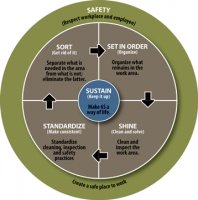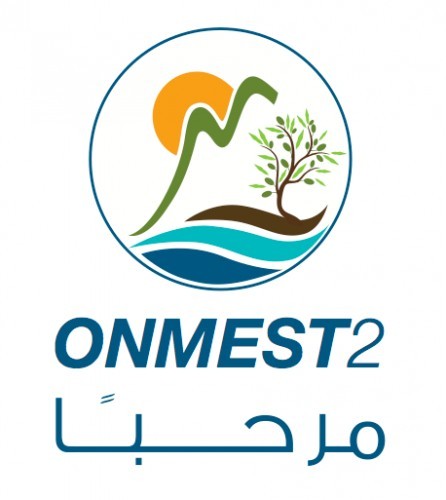
Environmental Housekeeping
What is “Good Housekeeping”?
“Good Housekeeping” refers to a number of practical measures based on common sense that enterprises can undertake to improve their productivity, obtain cost savings, and reduce the environmental impact of their operations.
“Good Housekeeping” practices relate to voluntary actions, aimed at:
· Rationalizing the use of raw materials, water, and energy inputs
· Reducing the volume and/or toxicity of waste, waste water, and emissions related to production
· Reusing and/or recycling a maximum of primary inputs & packaging materials
· Improving working conditions and occupational safety in the company.
“Good Housekeeping” practices can provide a real economic asset and advantage for a company in terms of minimizing waste, as well as the use of raw materials and energy. Minimizing waste can enable enterprises to reduce the loss of valuable material inputs and therefore operational costs.
Furthermore, by adopting “Good Housekeeping” practices, companies can reduce the amount of pollution created in the community, thereby improving the image of the enterprise and its products with customers, suppliers, neighbours, and regulatory authorities. In this respect, much can be accomplished at a low cost and in ways that are easy for SME’s to implement.
An important statistic to consider: (Source: United Nations Programme for Environment (UNEP))
50% of waste can be reduced by adopting “Good Housekeeping” practices and making small operational changes.
What is needed to implement “Good Housekeeping”?
· Organizational Culture: in the first instance, reducing waste is related to changing behavior and creating a culture of productivity and waste minimization among personnel at all levels of the company.
· Problem – Awareness: in this regard, it is important for companies to draw the attention of their employees to the problem and identify opportunities for them to take action.
· Information Dissemination: this process can be enhanced by ensuring that there is good dissemination of relevant information internally, and that effective “Good Housekeeping” procedures are developed, followed, and integrated into the daily operations of the company.
Integrating “Good Housekeeping” into daily Business Practices
These are 3 areas which can assist you in creating effective processes and structures for the integration of “Good Housekeeping” practices into your company’s daily business operations and maintaining better performance over the long run:
1- Organizational Issues
· Determining responsibilities for waste minimization
· Establishing objectives & targets
· Identifying priority areas for action
· Undertaking training for employees
· Developing & implementing required procedures
· Following-up, checking results, establishing new targets
2- Estimating the costs
· Estimating/Calculating the costs & savings of actual resource use
· Allocating environmental costs to the operations that have generated those costs
· Including investment and operational costs in the calculation of waste management costs.
3- Analyzing Inputs & Outputs of the production process
· Optimizing the production process
· Using resources more efficiently (raw, materials, etc…)
· Closing flows of materials and substances (through reuse/recycling)







 Karim Maalouf
Karim Maalouf
